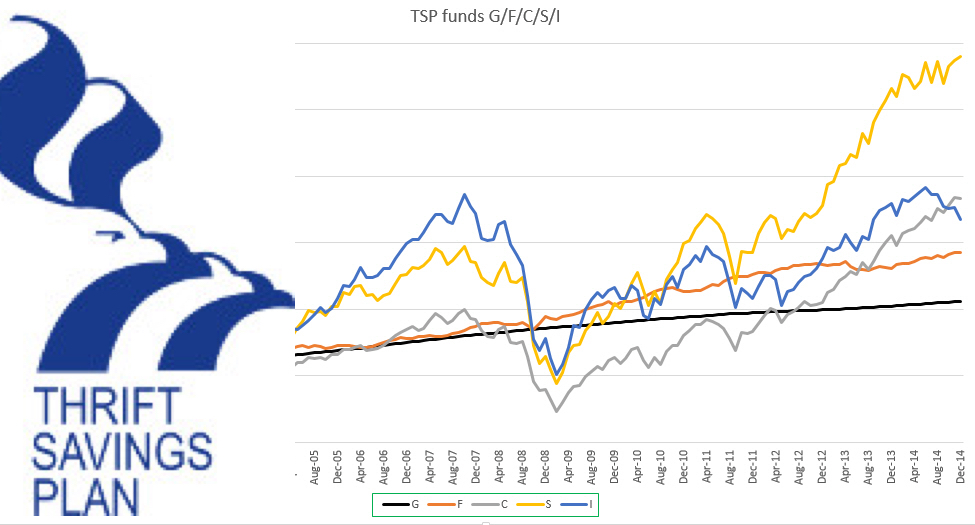Congress Makes Some Changes To TSP With Modernization Act, Still Misses Opportunity To Improve It Further
What Does the TSP Modernization Act Mean?
A significant number of federal employees are using the Thrift Savings Plan as their key retirement savings account. After all, it comes with easy-to-comprehend market indexes with little fees. It allows them to match funds, make secure contributions and lower costs – all of which have helped millions of federal employees use the TSP to boost their nest egg.
The TSP, on the other hand, has not been great for retirees who want to use the money for retirement expenses or income. The complex distribution rules have countered the simplicity seen in accumulation. The regulations have created some confusion for federal employees.
Congress has attempted to deal with these issues by signing the TSP Modernization Act into law. This act will go into effect in November 2019 and has some intriguing improvements for TSP participants.
Unrestricted In-Service Withdrawals Starting AT 59 1/2
As it currently stands, federal employees can make a single in-service withdrawal from their TSP after they hit 59 1/2. The possibility gives impending retirees more options for retirement transition along with putting together meaningful distribution plans for the future rather than waiting for retirement.
The great news is that the option is even better. With the Modernization Act, TSP participants can do an infinite number of in-service withdrawals when they turn 59 1/2. This means they can successfully use their money to ready themselves for retirement, transferring it to a Roth IRA and carry out a post-separation plan.
Unrestricted Post-Separation Withdrawals
With the TSP Modernization Act, federal employees can withdraw their money from their accounts during retirement. Thus, they’ll be able to use their money without any restrictions. Some restrictions that were not taken care of include:
Restricted Number of Choices
The key funds of the TSP stay the same. The funds are low-cost, but the plan’s choices are not what is seen with others, not in the TSP. These choices don’t include market indexes that tie to key asset classes like commodities, emerging markets, long-term bonds and real estate. With five funds offered, the choices are easy but do restrict people from implementing a highly-diversified portfolio.
It’s a bit of a surprise Congress didn’t improve the TSP funds, especially since companies have determined how they can offer an array of options for a low fee.
RMD on Roth TSP
The TSP’s Roth part will still be subjected to the Required Minimum Distributions. For people to avoid this requirement to withdrawal when they turn 70 1/2 is to let the money go into a Roth IRA. Doesn’t seem right and counterproductive to force withdrawals from tax-free accounts.
TSP Annuity
This kind of annuity won’t change. The TSP annuity is considered an immediate annuity, which demands that complete surrender of the principal be made for assured income. This option isn’t that good for a retirement plan as they rarely evolve. TSP participants would be better off finding other annuities that offer some flexibility.
What Does It All Mean?
The TSP Modernization Act does have some positive changes to it. The distributions flexibility for impending retirees and retirees provides a plethora of chances to move away from the TSP into other retirement-appropriate accounts that don’t have so many restrictions tied to them.
However, Congress failed federal employees by not doing the following:
• Upgrading the TSP choices
• Getting rid of the Roth RMD
• Improving the TSP annuity
While the TSP has undoubtedly gotten some improvements, it’s not enough in some people’s eyes. However, something is better than nothing.







